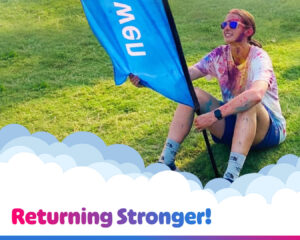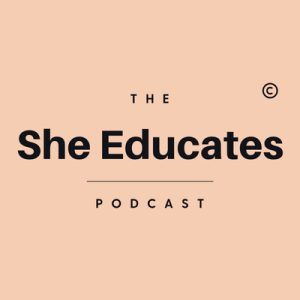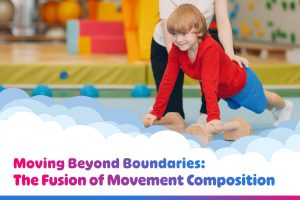When working with primary PE students, I believe that the fundamental movement skills focus should be at the core of our teaching. By laying a strong foundation in fundamental movement skills, we provide our students with the building blocks necessary for future physical activities and sports. For me, once a foundation is built throughout the early years, a concept-based approach becomes appropriate.
1. A concept-based approach
Through a concept-based approach, we can ensure that our students develop their knowledge of physical activities and cultivate transferable skills and strategic understanding. This sets them on a path toward a deeper and more holistic comprehension of physical education.
The image below shows how I decided to plan the PE curriculum I currently teach:
This was inspired by Shane Pill and his book “Play with Purpose”. Since embracing this purposeful planning, I have observed students transferring fundamental movement skills between activities whilst also developing conceptual understanding and strategic thinking.
For example:
Invasion games – Students understand the two concepts of attacking and defending and begin creating strategies to work as a team to attack or defend space.
Target games – students value to practice of throwing, kicking, and rolling with accuracy and begin to identify how they can transfer this skill to different activities, games, and sports.
2. Different skills for different ages
Whilst planning and teaching, it is important to remember that skills should ideally be introduced at different ages.

Table 1. Suggested Levels for the Introduction and Mastery of Essential Fundamental Motor Skills
Furthermore, movement skills can be split into stages. These stages of skills may be ‘mastered’ at different ages.
Performance Criteria
1. Eyes are focused on the target throughout the throw
2. Stand side-on to the target
3. Throwing arm nearly straightened behind the body
4. A step towards the target with foot opposite throwing arm during the throw
5. Marked sequential hip-to-shoulder rotation during the third
6. Throwing arm follows through down and across the body

Standards
The table indicates the age at which each component of the overhand throw could be expected to be mastered. It also indicates the sequence in which the components normally appear in children’s development.

So don’t stress if your students cannot perform the whole skill well to begin with. This is a mistake I made and it caused an unnecessary amount of stress!
3. Balancing challenge and success
For me, the first step is to balance challenge with success so that students remain motivated. Moreover, finding a FUN way for these skills to be practiced. Within early years and lower primary PE, story-telling allowed me to do this. Check out my PE Learning Journeys for more ideas:
4. Teaching for Transfer
The second step is explaining (even to the younger students) how these skills can be transferred to many different physical activities, games and sports. Later allowing students to explore the transfer of strategies between games.
For some ideas on how to teach through a games-based approach using concepts and transferrable strategies check out:
1. Net Games Grade 2&3 (KS2) 6 week SOW
2. Grade 2&3 Target Games SOW (6 weeks)
Witnessing students’ reactions when they make these connections is truly magical for me. Let me know what you think!
—
I’m looking forward to the journey ahead with all of you. Here’s to an empowering and rewarding year of teaching!
References: fuse.education.vic.gov.au
All the best,
Rachel




